Site Remediation: Preparing Dismantled Sites for Safe, Productive Future Use
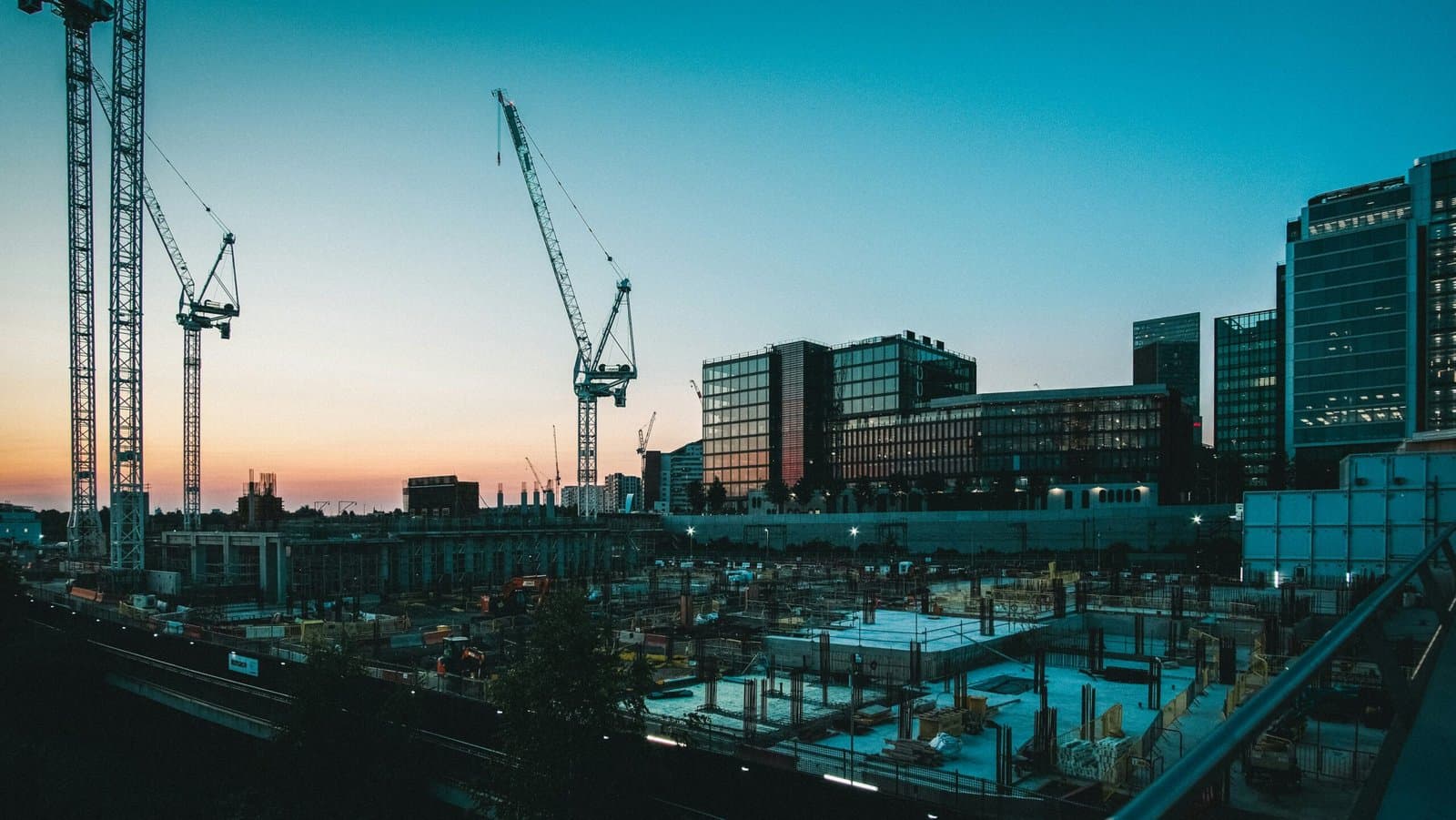
When an industrial facility, plant, or warehouse reaches the end of its operational life, dismantling is just the beginning. The real challenge, and opportunity, comes with what follows: site remediation. This crucial process involves cleaning up contamination, restoring environmental safety, and preparing the land for future development or reuse.
Without proper remediation, a dismantled site can pose risks to human health, ecosystems, and even future business operations. But with the right strategy, remediation transforms these spaces into valuable assets ready for redevelopment.
Why Site Remediation Matters: The Data Speaks
According to the EPA, there are more than 450,000 brownfield sites in the United States—abandoned or underutilized properties where potential contamination complicates reuse. A report from the National Association of Local Government Environmental Professionals found that cleaned and redeveloped brownfields increase surrounding property values by 5-15% and create strong ROI for local economies.
From both a regulatory and a financial perspective, site remediation isn’t optional—it’s essential.
Step 1: Comprehensive Soil Testing and Assessment
The first step in any site remediation process is a thorough environmental assessment. This includes:
-
Soil testing for heavy metals, hydrocarbons, asbestos, or industrial solvents
-
Groundwater sampling to detect leaching contaminants
-
Air quality monitoring, especially for volatile organic compounds (VOCs)
These tests determine the type and severity of contamination present. Accurate data at this stage ensures the cleanup plan targets the right risks and complies with local, state, and federal environmental regulations.
Step 2: Contamination Cleanup
Once testing is complete, remediation experts can determine the best cleanup method. Common strategies include:
-
Excavation and removal: Contaminated soil is removed and safely disposed of off-site.
-
Bioremediation: Natural or engineered microorganisms break down hazardous substances in the soil.
-
Soil vapor extraction: This removes harmful gases trapped in the soil, particularly in sites exposed to fuel or chemical spills.
-
Solidification and stabilization: Chemicals are added to reduce the mobility of contaminants and keep them from spreading.
Each method is tailored to the specific hazards found during testing. A good remediation plan doesn’t just treat symptoms—it eliminates root causes.
Step 3: Site Restoration and Preparation for Future Use
After cleanup, the final step is restoring the site for future use. This might include:
-
Regarding the land, to ensure proper drainage and foundation stability
-
Backfilling with clean soil to replace the removed contaminated materials
-
Installing erosion control measures like grass or plant cover
-
Updating documentation to reflect the site’s clean status and regulatory compliance
In many cases, a cleaned site can be repurposed for commercial, residential, or even green space development. Some clients even turn previously contaminated land into solar fields or logistics hubs, proof that with the right remediation approach, there’s life after dismantling.
The Long-Term Benefits of Proper Site Remediation
-
Risk reduction: Minimizes future liability, especially in real estate transactions or insurance claims.
-
Regulatory compliance: Helps avoid costly fines or delays in redevelopment.
-
Increased land value: Clean, certified sites are more attractive to buyers, tenants, and investors.
-
Community goodwill: Shows environmental responsibility, which enhances corporate reputation and stakeholder trust.
Build the Future on a Clean Foundation
Whether you’re dismantling a factory, decommissioning an industrial site, or repurposing underutilized land, site remediation is the bridge between the past and the future. With smart planning, expert execution, and environmental responsibility, you can turn even the most complex site into a clean slate, ready for its next chapter.
Newsletter
Don't miss a thing!
Sign up to receive daily news
Recent Posts
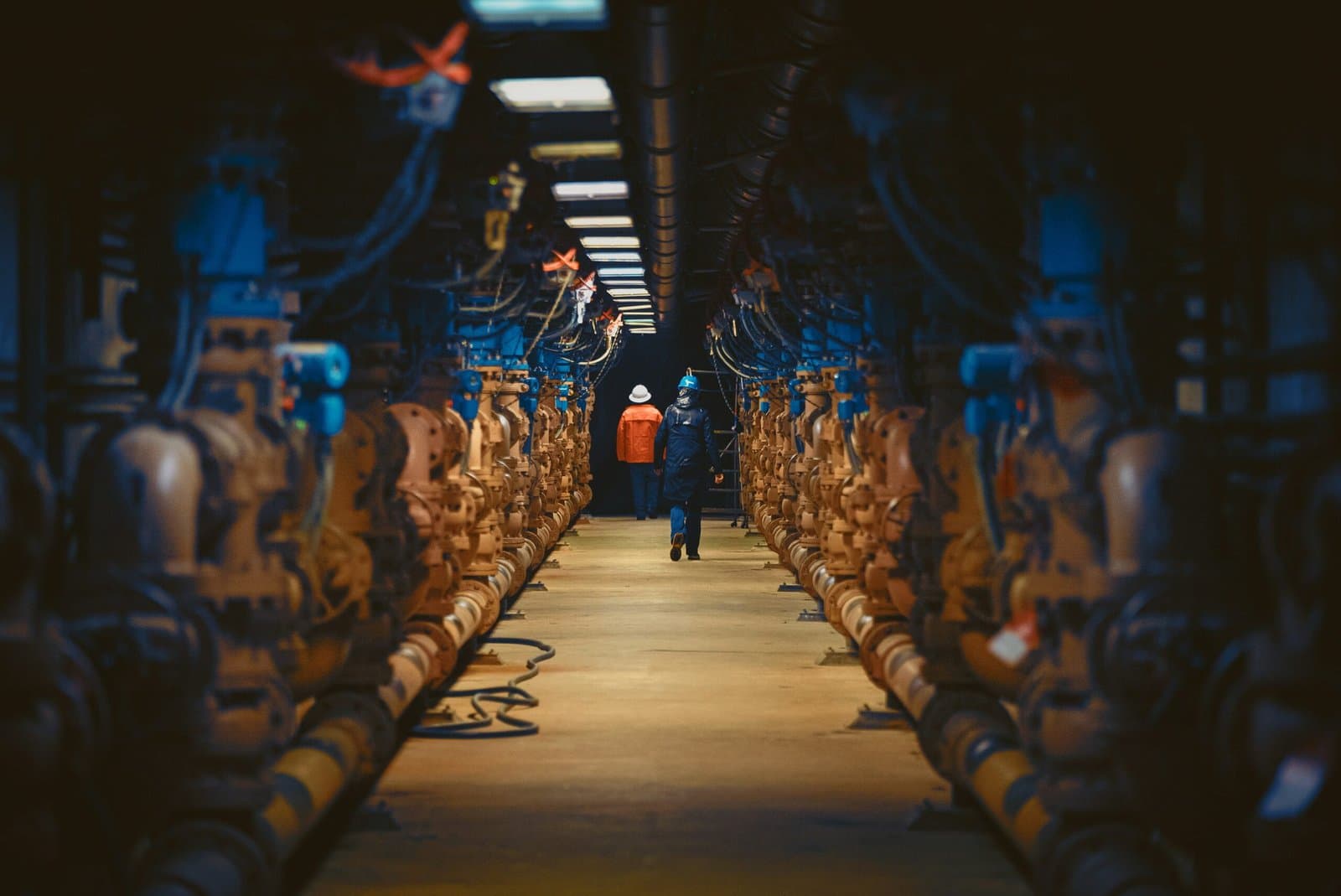
august 30, 2025
Decommissioning a Facility: How to Turn It into a Profitable Venture
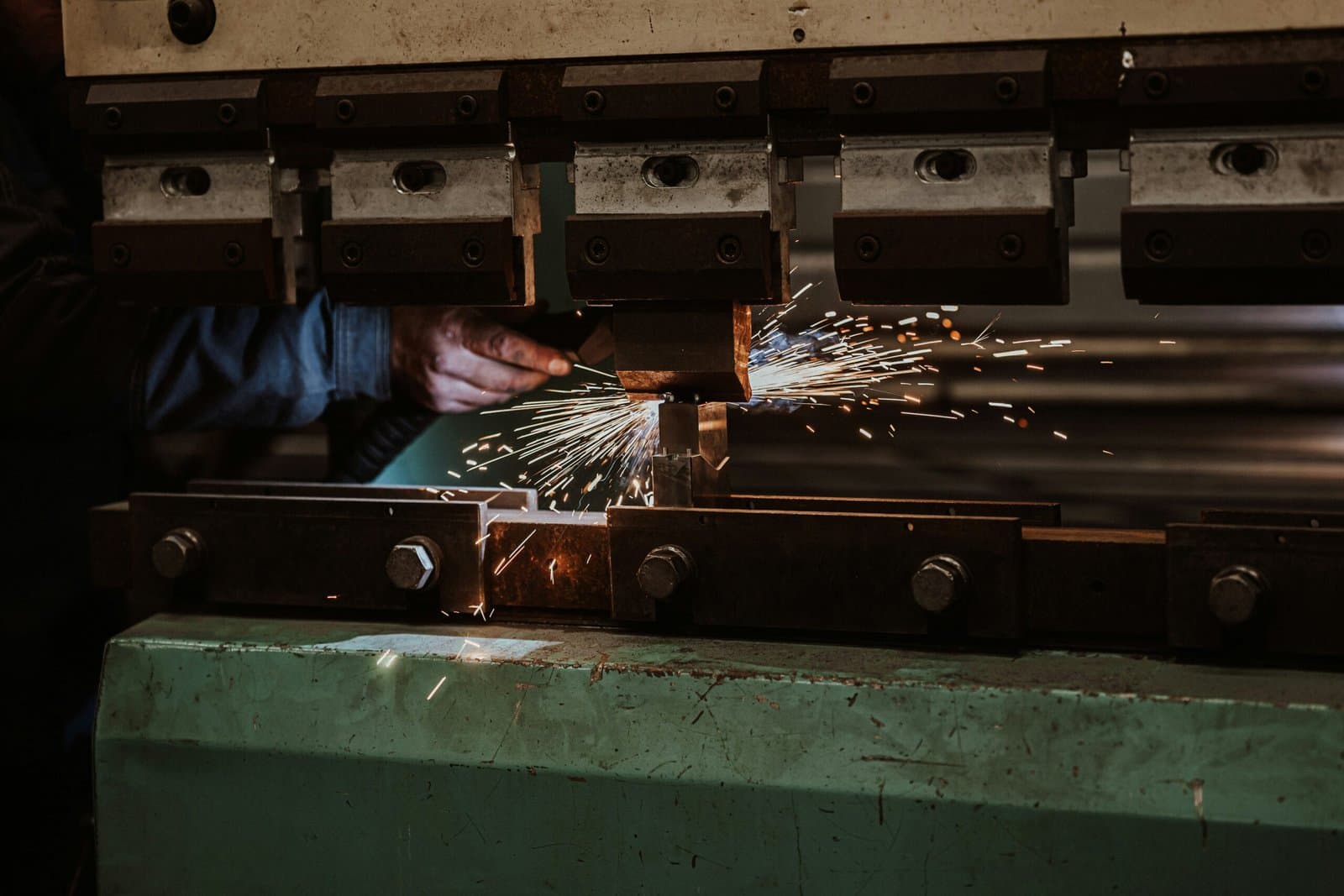
august 25, 2025
Hydraulic Press Maintenance 101
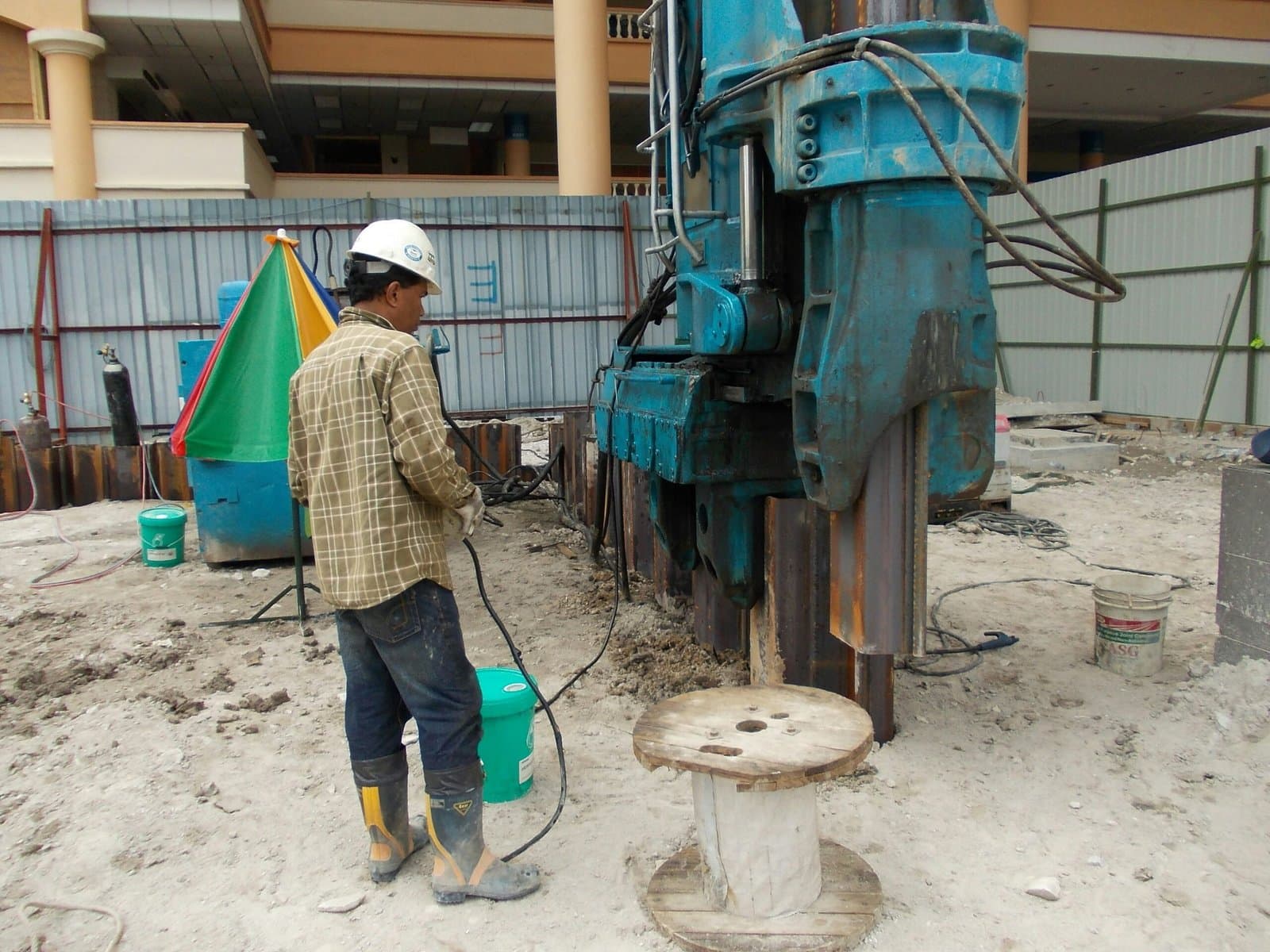
august 18, 2025
Rigging Machinery: The Challenge of Moving and Installing Outdated vs. Modern Equipment
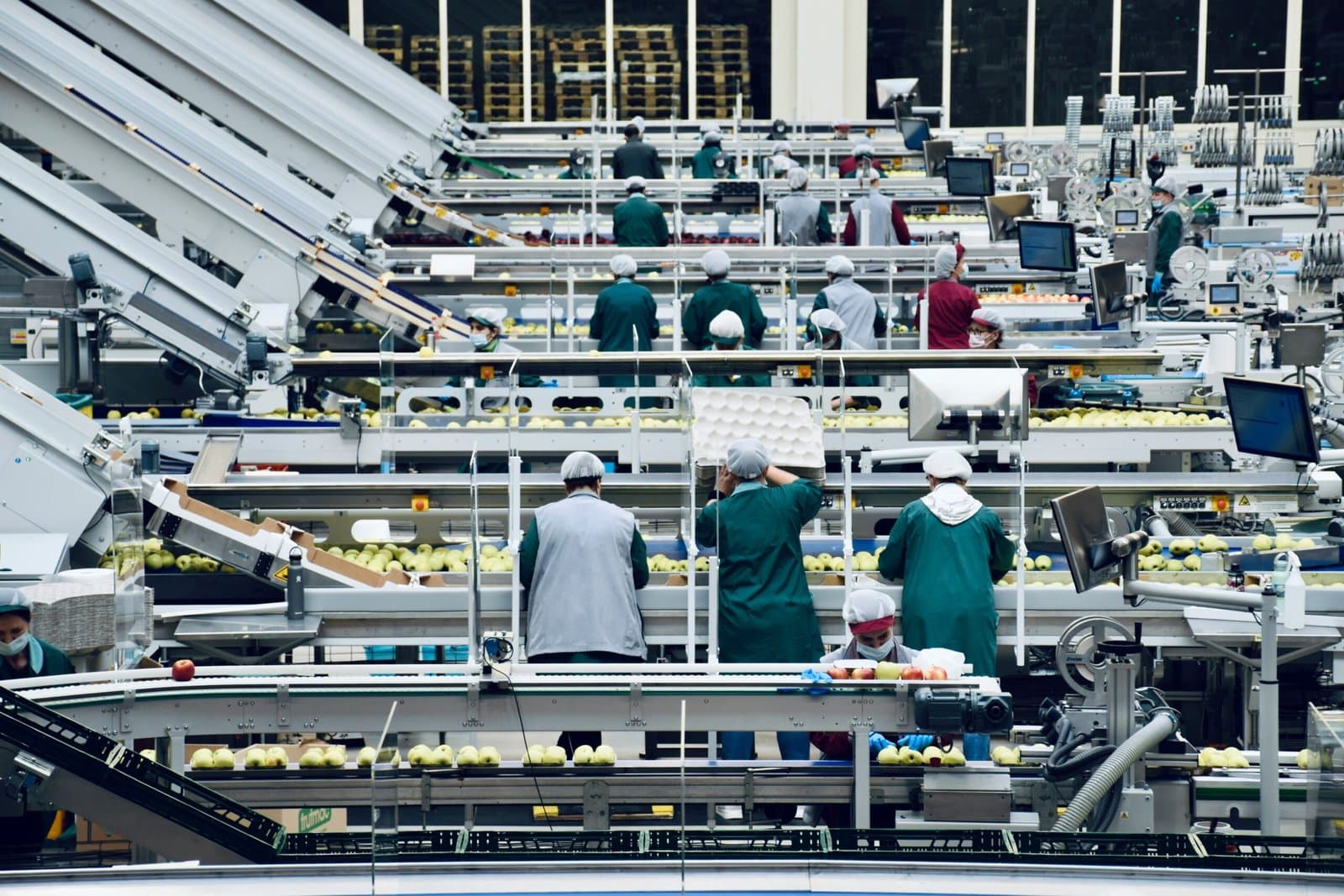
august 16, 2025
Conveyor System Maintenance: 5 Early Warning Signs of Failure

august 14, 2025
Predictive Maintenance: The Smarter Alternative to Costly Reactive Repairs

august 11, 2025